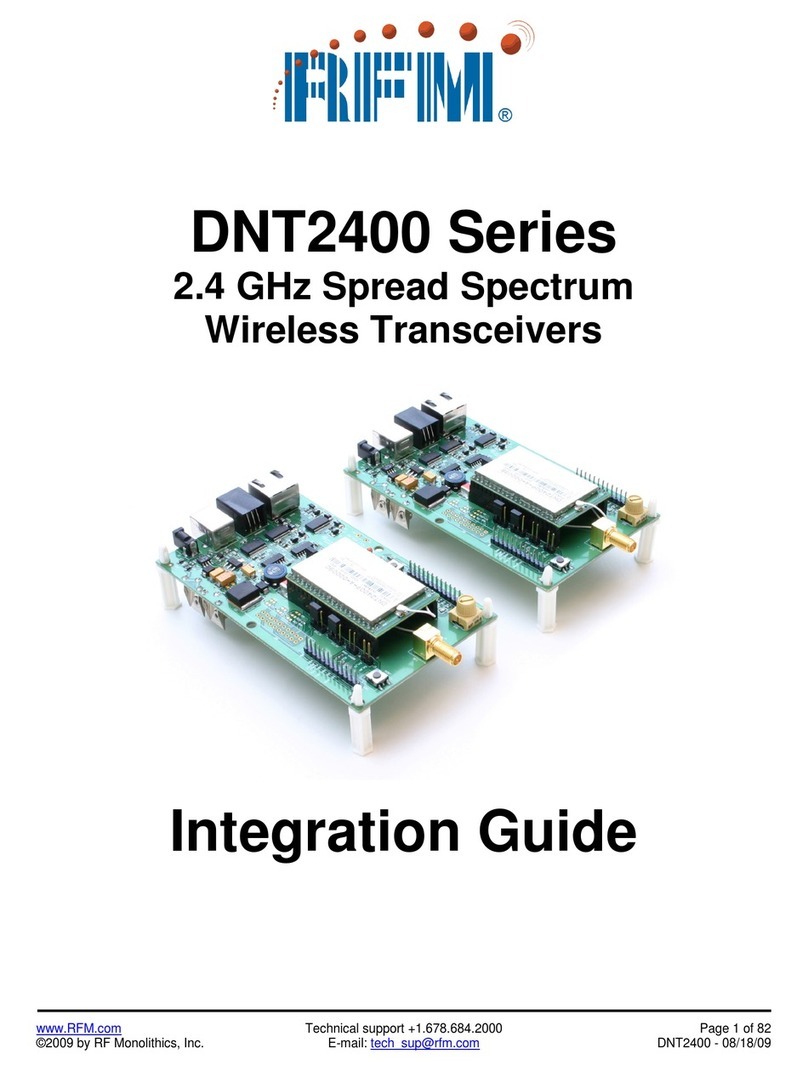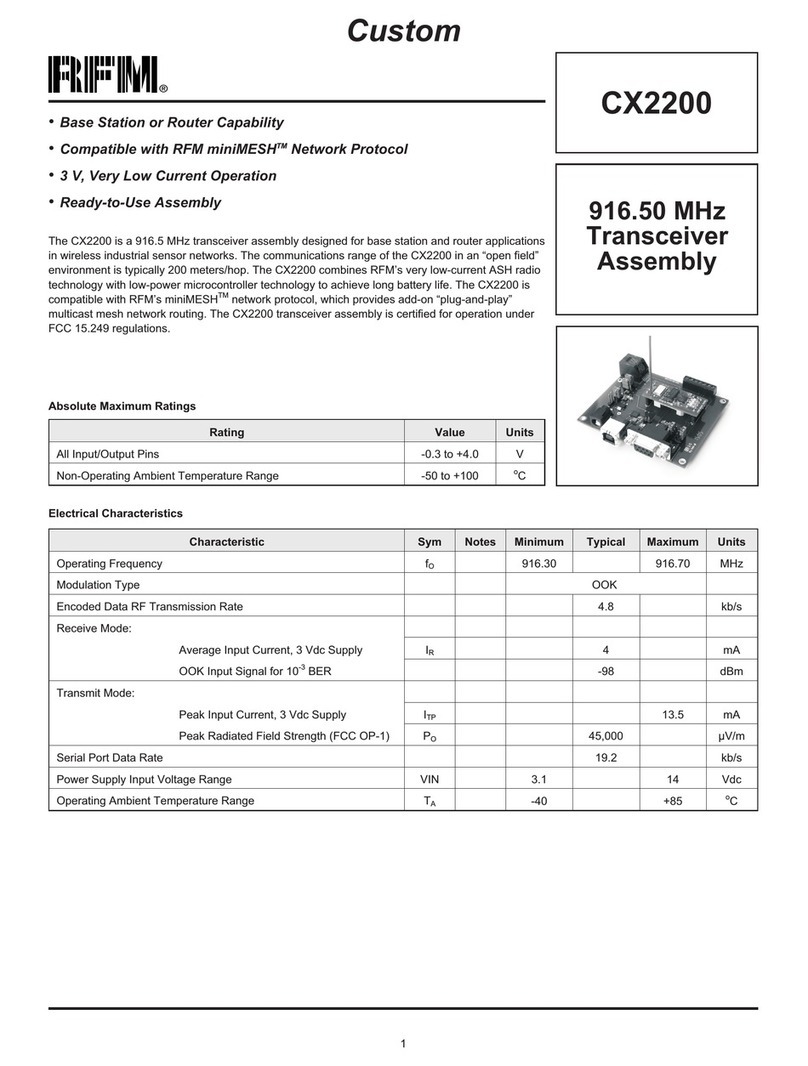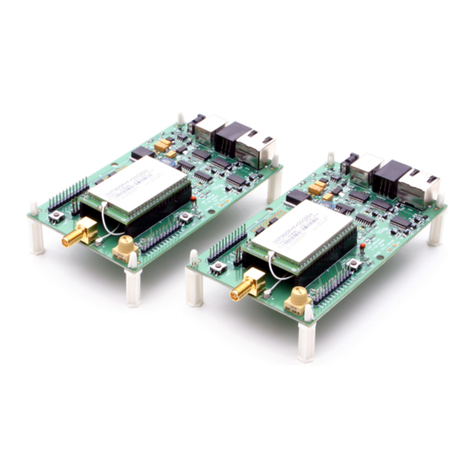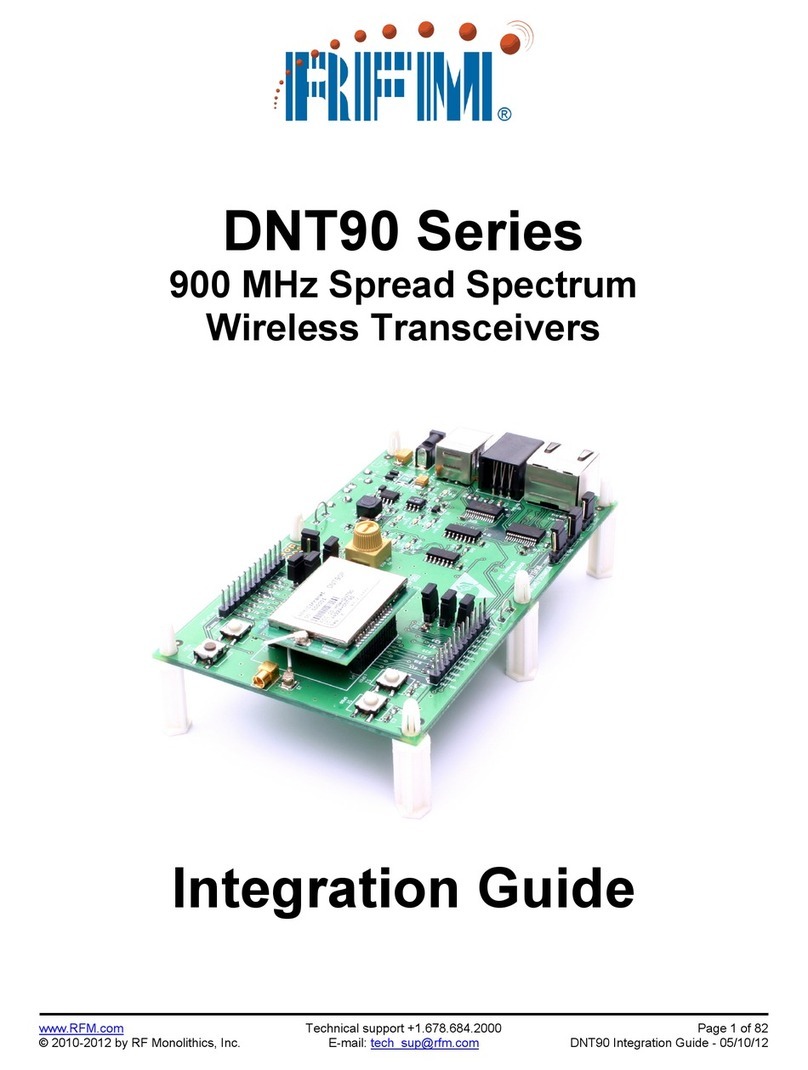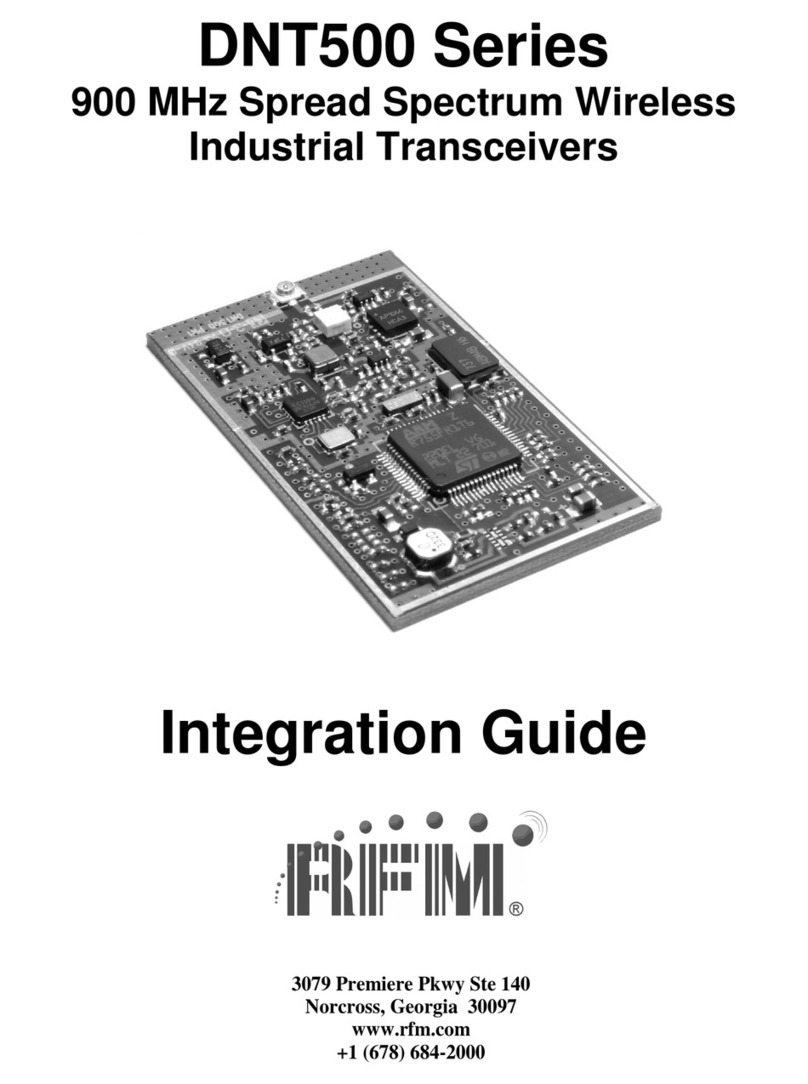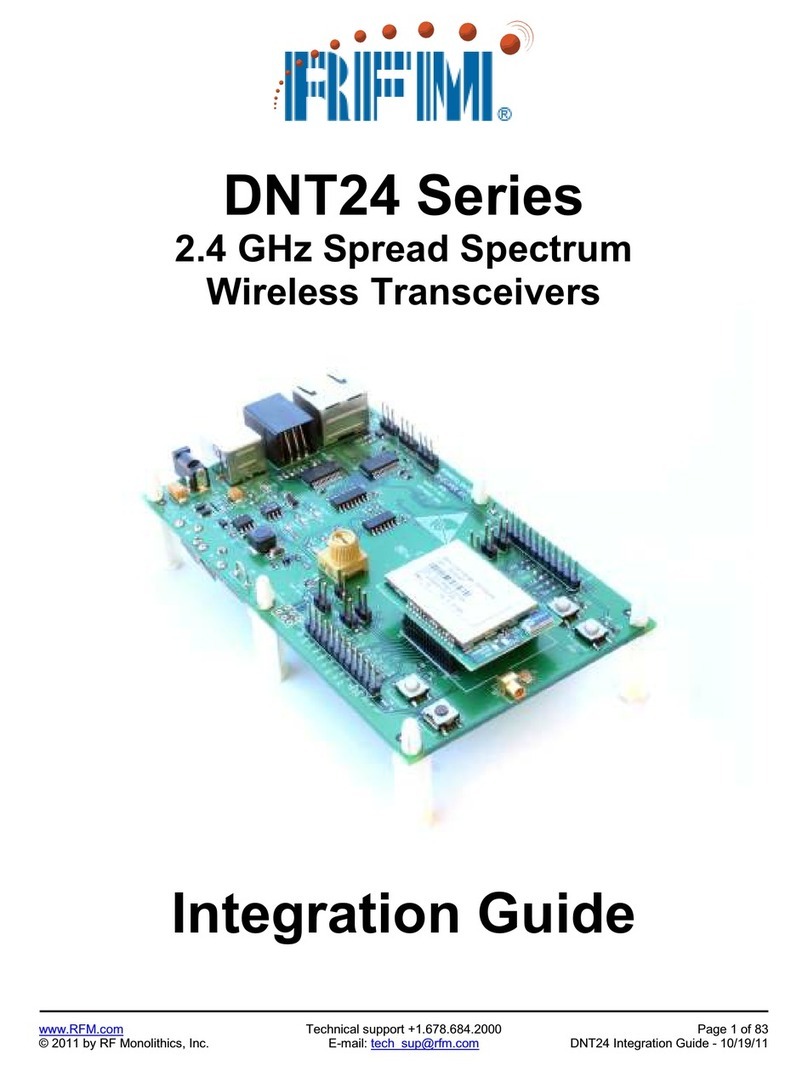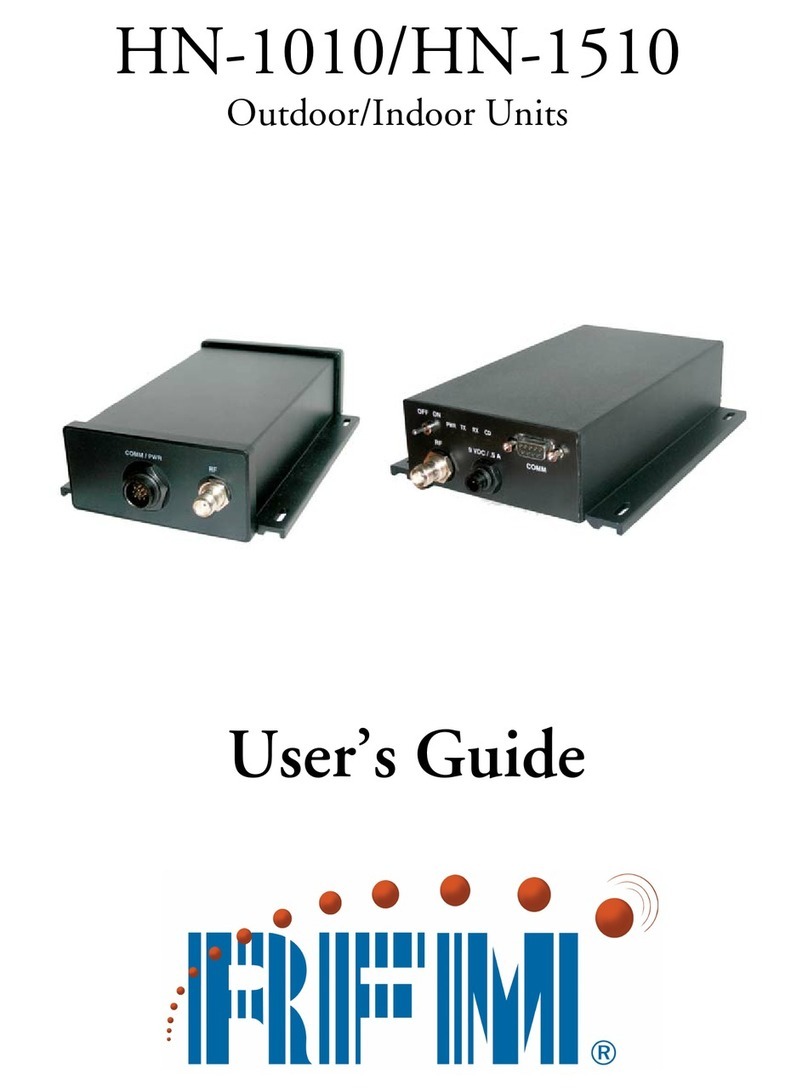Page 3 of 90
CCT24
Table of Contents
1.0 Introduction ...................................................................................................................................... 5
1.1 Why Spread Spectrum?................................................................................................................ 5
1.2 Frequency Hopping versus Direct Sequence ............................................................................... 6
2.0 CCT24 Radio Operation................................................................................................................... 7
2.1 Network Synchronization and Registration................................................................................... 7
2.2 Authentication ............................................................................................................................... 8
2.3 Serial Port Modes ......................................................................................................................... 8
2.4 SPI Port Modes............................................................................................................................. 9
2.5 RF Data Communications............................................................................................................. 9
2.6 RF Transmission Error Control ................................................................................................... 10
2.7 Transmitter Power Management ................................................................................................ 10
2.8 Network Configurations .............................................................................................................. 10
2.8.1 Point-to-Point Network Operation............................................................................................ 10
2.8.2 Point-to-Multipoint Network Operation .................................................................................... 11
2.8.3 Multipoint Peer-to-Peer Network Operation ............................................................................ 11
2.8.4 Tree Routing System Operation ................................................................................................. 12
2.9 Full-Duplex Serial Data Communications ................................................................................... 12
2.10 Channel Access....................................................................................................................... 12
2.10.1 Polling Mode ............................................................................................................................ 13
2.10.2 CSMA Mode ............................................................................................................................ 13
2.10.3 TDMA Modes........................................................................................................................... 14
2.11 Transmission Configuration Planning ......................................................................................... 15
2.11.1 TDMA Throughput ................................................................................................................... 15
2.11.2 Polling Throughput .................................................................................................................. 16
2.11.3 CSMA Throughput ................................................................................................................... 16
2.11.4 Latency .................................................................................................................................... 17
2.11.5 Configuration Validation .......................................................................................................... 18
2.12 Tree-Routing Systems ................................................................................................................ 20
2.12.1 Example Tree-Routing System................................................................................................ 20
2.12.2 Tree-Routing System Networks............................................................................................... 22
2.12.3 Tree-Routing System Addressing ........................................................................................... 22
2.12.4 Tree-Routing System Implementation Options ....................................................................... 23
2.13 Serial Port Operation .................................................................................................................. 25
2.14 SPI Port Operation...................................................................................................................... 26
2.15 Sleep Modes ............................................................................................................................... 29
2.16 Encryption ................................................................................................................................... 31
2.17 Synchronizing Co-located Bases................................................................................................ 31
3.0 CCT24 Hardware ........................................................................................................................... 33
3.1 Specifications.............................................................................................................................. 34
3.2 Module Interface ......................................................................................................................... 35
3.3 CCT24 Antenna Connector ........................................................................................................ 36
3.4 Input Voltages ............................................................................................................................. 37
3.5 ESD and Transient Protection .................................................................................................... 37
3.6 Interfacing to 5 V Logic Systems ................................................................................................ 37
3.7 Power-On Reset Requirements.................................................................................................. 38
3.8 Mounting and Enclosures ........................................................................................................... 38
3.9 Labeling and Notices .................................................................................................................. 38






